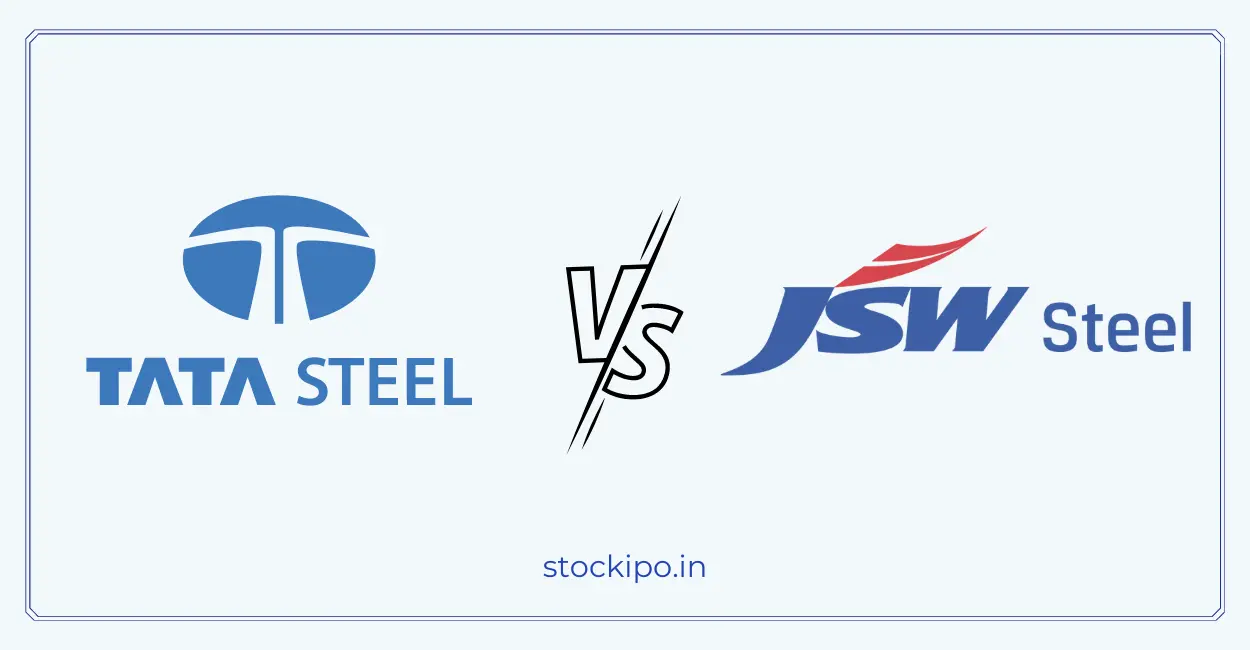In the world of stock trading, there’s a concept that can be both simple yet highly informative – the “52-week low.” In this article, we’ll break down what it means, why it’s crucial in trading, and we’ll provide real-life examples using three prominent companies: Bajaj Auto Ltd, Tata Steel Ltd, and Power Grid Corporation of India Limited.
What is the 52-Week Low?
The 52-week low is a straightforward idea. It represents the lowest price that a stock has reached in the past year. Imagine it as a snapshot of a stock’s lowest point over the previous 52 weeks, or one year.
Why is the 52-Week Low Important?
Now, let’s delve into why the 52-week low holds significance in the world of stock trading:
- Identifying Buying Opportunities: When a stock hits its 52-week low, it often signals a potential buying opportunity. This is because the stock is trading at a relatively lower price compared to its recent history. Savvy investors may view this as a chance to buy low with hopes of selling high later.
- Understanding Market Sentiment: The 52-week low can provide insights into market sentiment. If a stock is consistently near or breaking its 52-week low, it might suggest that the market is bearish on that particular company or industry. This can be a crucial indicator for investors to consider.
- Setting Investment Strategies: Long-term investors often consider the 52-week low as a reference point. If a stock is trading near its 52-week low, it could be an opportunity to add it to their portfolio for potential growth over the long haul.
Real-Life Examples
Now, let’s apply the concept of the 52-week low to these three well-known companies:
1. Bajaj Auto Ltd:
- Imagine Bajaj Auto Ltd.’s stock is currently trading at ₹2,000 per share.
- Its 52-week low, however, is ₹1,800, which means it’s currently trading above its lowest point in the past year.
- For investors looking to invest in Bajaj Auto, the fact that it’s not near its 52-week low might signal that it’s been relatively stable recently.
2. Tata Steel Ltd:
- Tata Steel Ltd.’s stock is trading at ₹600 per share.
- Its 52-week low is ₹450, which is significantly lower than its current price.
- This large difference between the current price and the 52-week low could attract investors who see potential for growth in Tata Steel Ltd.
3. Power Grid Corporation of India Limited:
- The stock of Power Grid Corp is currently trading at ₹220 per share.
- Its 52-week low stands at ₹180, indicating that it’s trading above its lowest point in the past year.
- For investors assessing Power Grid Corp, this suggests that it hasn’t been near its lowest point recently, potentially reflecting stability.
Conclusion
In conclusion, the 52-week low is a vital tool in stock trading. It helps investors identify buying opportunities, understand market sentiment, and set long-term investment strategies. By examining this metric in the context of companies like Bajaj Auto Ltd, Tata Steel Ltd, and Power Grid Corporation of India Limited, investors can gain practical insights into how it’s applied in the real world of stock trading. Whether you’re a seasoned investor or just starting, understanding the 52-week low can be a valuable asset in your decision-making process.







